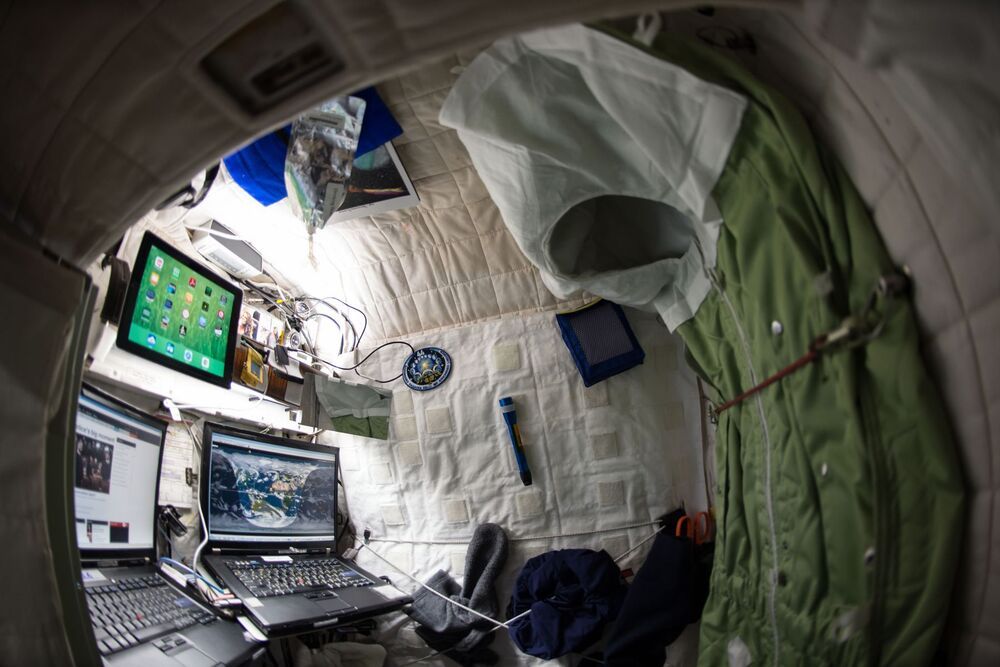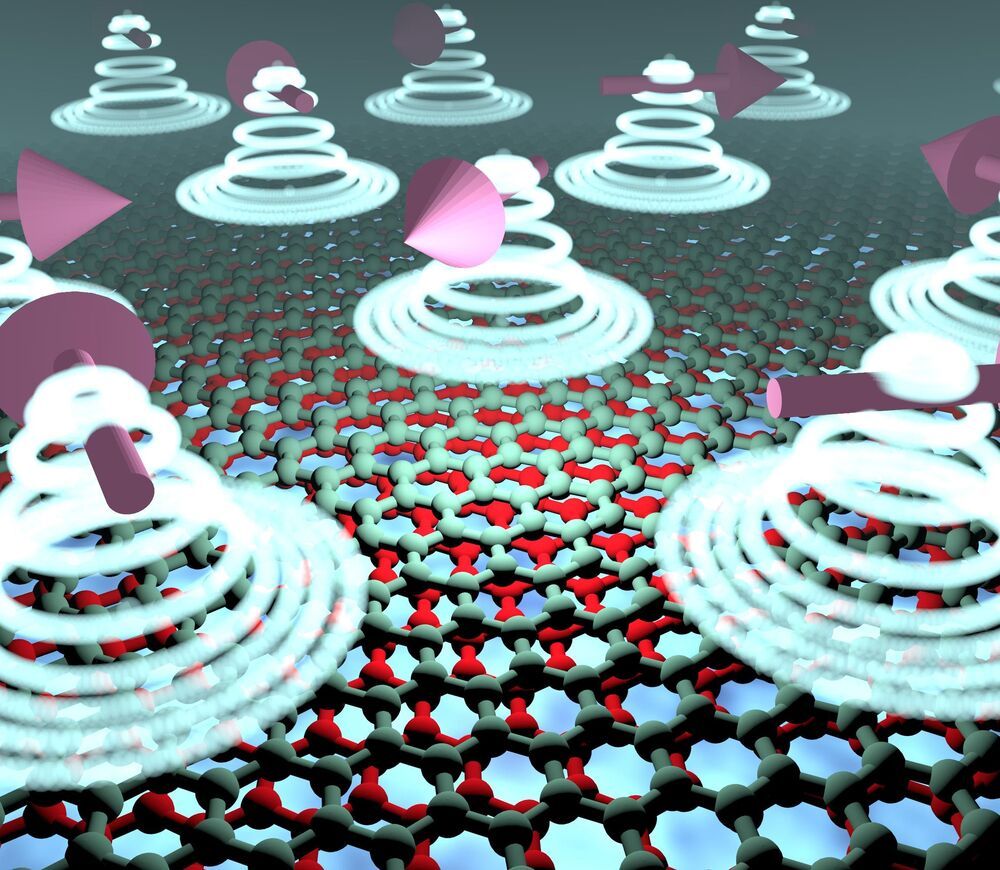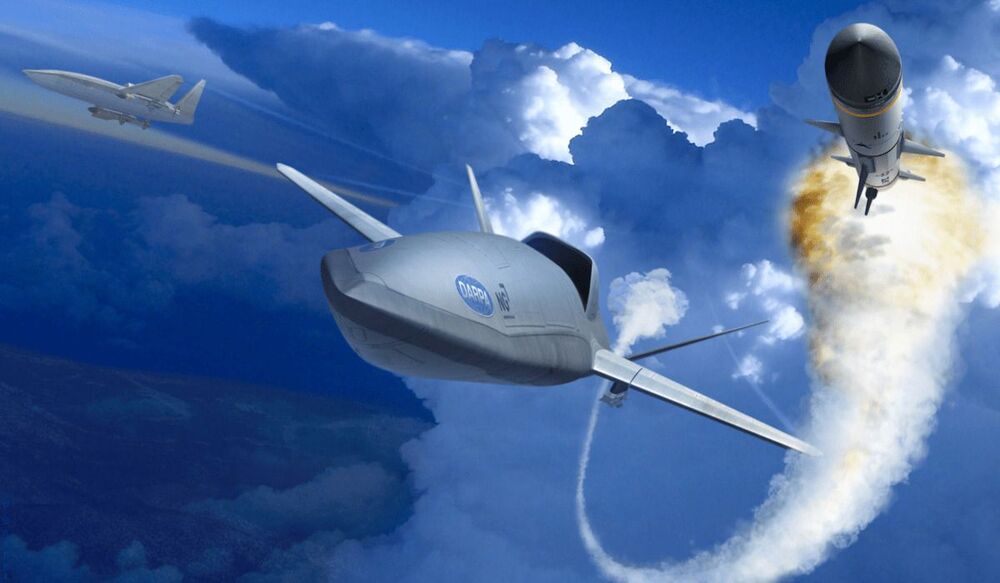Rock rising from more than 600 kilometers deep at the Mid-Atlantic Ridge may play a more active role in plate tectonics than thought.
Simulation of non-Hermitian quantum mechanics using a quantum computer goes beyond centuries-old conventions. Aalto researchers have used an IBM quantum computer to explore an overlooked area of physics, and have challenged 100-year-old cherished notions about information at the quantum level.
Electrons in materials have a property known as ‘spin’, which is responsible for a variety of properties, the most well-known of which is magnetism. Permanent magnets, like the ones used for refrigerator doors, have all the spins in their electrons aligned in the same direction. Scientists refer to this behavior as ferromagnetism, and the research field of trying to manipulate spin as spintronics.
Down in the quantum world, spins can arrange in more exotic ways, giving rise to frustrated states and entangled magnets. Interestingly, a property similar to spin, known as “the valley,” appears in graphene materials. This unique feature has given rise to the field of valleytronics, which aims to exploit the valley property for emergent physics and information processing, very much like spintronics relies on pure spin physics.
Onboard visual state estimation can save your quadrotor from a crash—and doesn’t need GPS to do it.
A fragment of a large, long-period comet was most likely responsible for the impactor that killed off the dinosaurs.
Changing literally everything to get emissions to zero.
“Without innovation, we will not solve climate change. We won’t even come close,” Gates says. Anderson Cooper reports for 60 Minutes. https://cbsn.ws/3qnNDyG
Watch Full Episodes of 60 Minutes HERE: http://cbsn.ws/1Qkjo1F
Instead of firing missiles, planes may carry and launch unmanned drones that will be able to shoot their own missiles to search and destroy targets.
Aerospace giant Northrop Grumman is wasting no time in this competition.
Just two days after DARPA named it as one of three competitors for the LongShot contract, the company released an image of its concept for an air-launched unmanned aircraft system (UAS), Aviation Week reported.
Imagine an unmanned aircraft, speeding ahead of its launch aircraft, that itself can fire multiple air-to-air intercept missiles that can seek out and destroy.
So you like a leather wallet? Check out this sustainable alternative made from banana tree waste! After banana trees are harvested, they’re chopped down to make way for younger fruiting trees, and their waste can become SO MUCH STUFF! Cruelty-free and super cool, what’s not to love?









